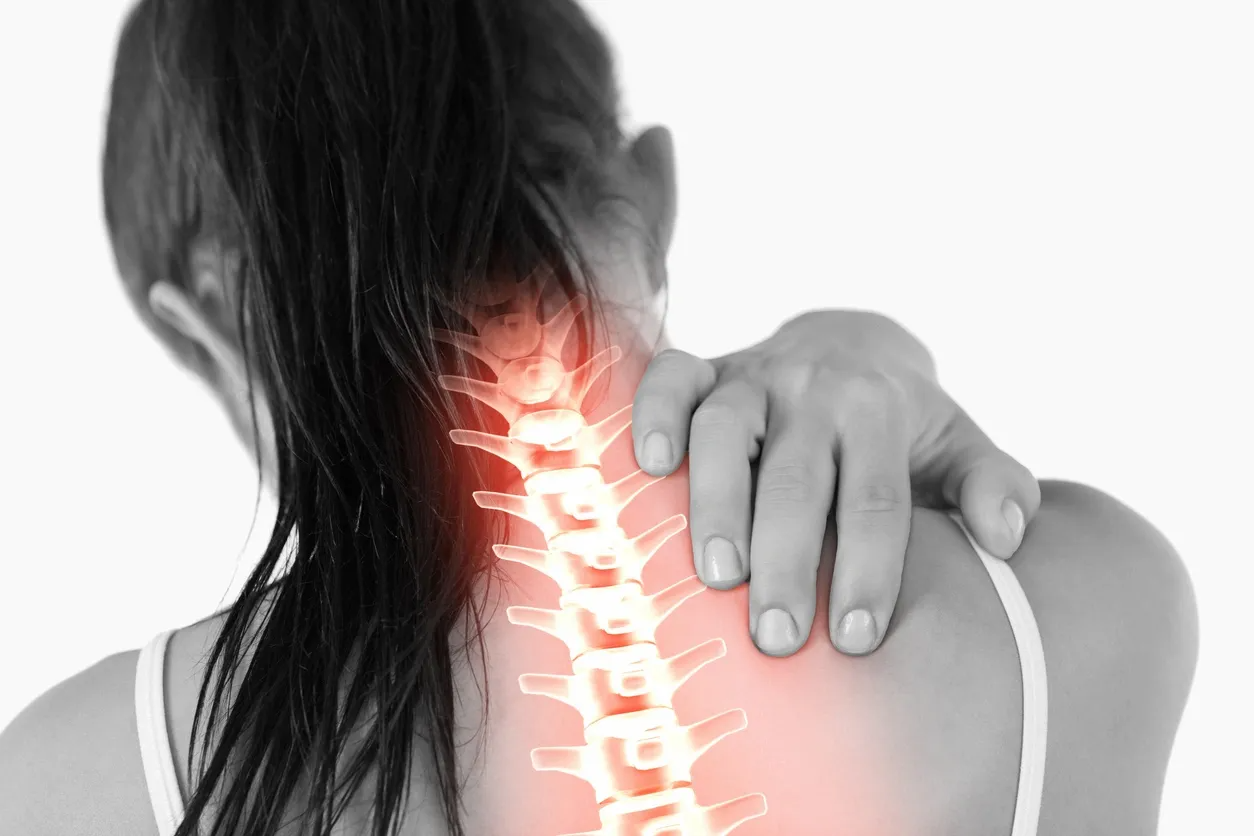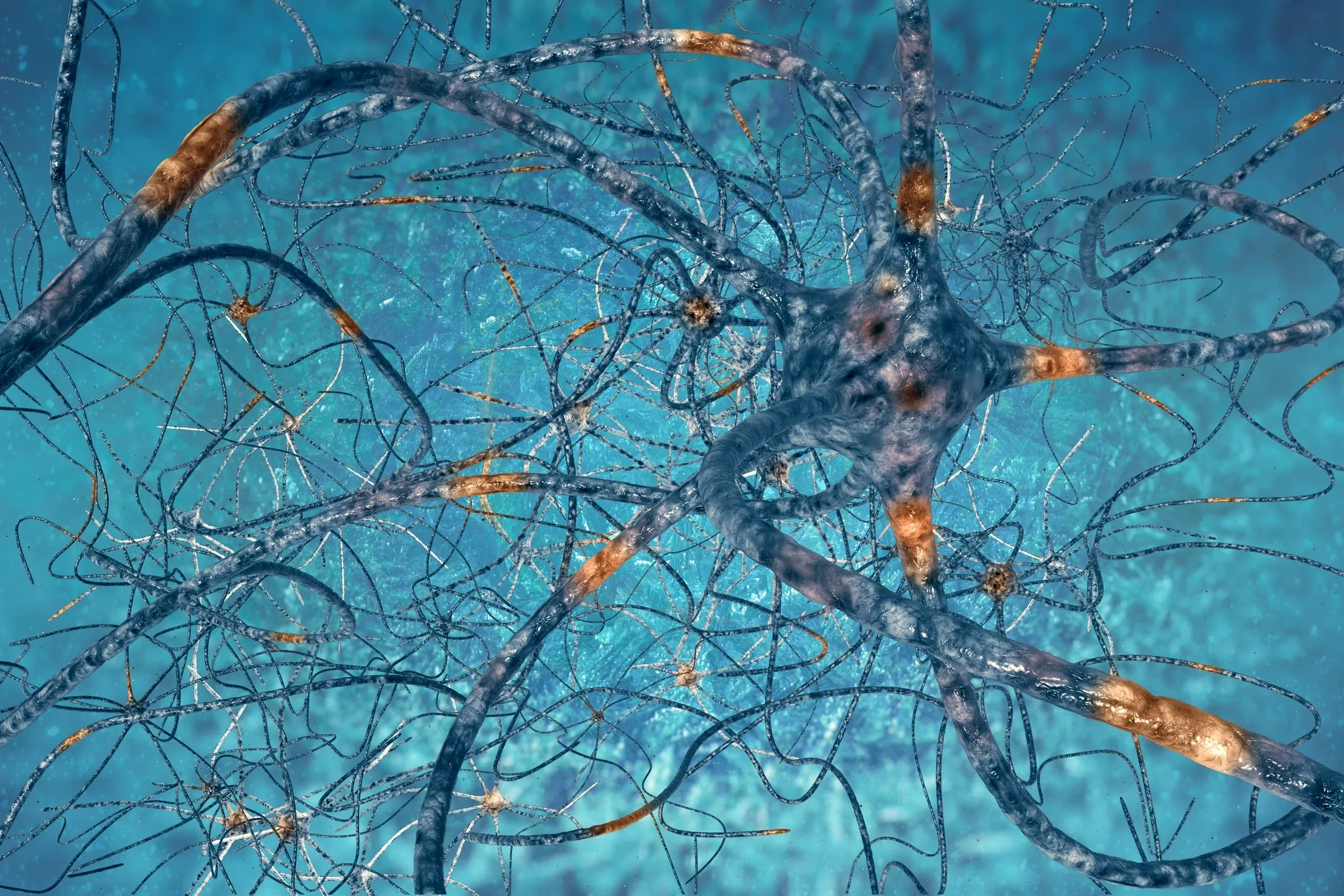NERVE PAIN
Below is a description of some common nerve entrapments resulting in nerve pain. While I hope this info helps to provide some insight, it is not a substitute for a doctor’s visit. There are some other very serious reasons behind your neuropathy that may require immediate medical attention, so please don’t take the risk of self-diagnosing. Please see a Tulsa physician like a Chiropractor who can differentiate between a pinched nerve, and other more serious conditions.
Feel free to give us a call if you have questions or request a free consult on this website.



Nerve Entrapments Cause Nerve Pain
Painful Pinched Nerves
We all know that nerves are those things that allow us sensation and to control the muscles in our bodies. Nerves are a means of sending information and the signals they conduct run in both directions. Signals can start in the brain and travel down the brain stem to the spinal cord then out to the nerves of the body to tell muscles to contract. Similarly, signals like touch or pain can begin out in the body and travel up the spinal cord to the brain to let you know you’ve stepped on a nail.
Nerve Pain as Signals of Nerve Dysfunction
Nerves are important lines of communication that help coordinate the body and deliver important information. Damage can be done to nerves resulting in various dysfunction. Sometimes the consequences are simple annoyances like when your foot “falls asleep” from sitting in an awkward position. Damage to other nerves can cause your lungs or heart to stop working. It just depends what nerve is being affected. Luckily the really bad stuff only rarely happens. The most common kinds of neuropathy that just about everyone experiences at some point are called “Nerve Entrapment Syndromes”.
Nerves Are Trapped in Common Places Causing Pain
Nerve Entrapments occur when a nerve is being pinched or encroached upon by some structure in the body. It is common for this to happen through canals in the body where the nerve must pass through in order to get to where it’s going, for example sciatica. Below is a list of some of the common spots this can happen.
Entrapment Locations Generating Nerve Pain
Spinal Canal
This is the space where the spinal cord travels down the center of the spine. A disc herniation or tumor or fracture located here can put pressure on the spinal cord. This can cause severe problems like loss of bladder/bowel control, paralysis and in some cases death. Luckily, this is very rare.
Intervertebral Foramen
This is the space between two consecutive vertebrae and next to the disc where branches of the spinal cord called nerve roots exit the spine. Herniations can pinch the nerves here, but so can spinal misalignment and arthritic changes of the spine (called spondylosis). Pinching the nerve here results in weakness, pain and/or numbness in the extremities. This is, in fact, the most common cause of sciatica.
Piriformis Muscle
This is of course not a space, but never the less is worth mentioning because this condition mimics sciatica. Many people who believe they have sciatica are actually suffering from Piriformis Syndrome. The sciatic nerve passes right next to (and in some people, right through) the Piriformis muscle. This is one of the muscles in the buttocks region. The Piriformis sometimes becomes overactive and tight and larger in people who have weak glute groups. This is because the Piriformis has to work harder when those gluteus muscles aren’t doing their jobs.
There are other reasons why the Piriformis does this, but compensation for weak glutes is the most common. This action causes the sciatic nerve to be compressed or strangled in its passage through the pelvic region into the upper leg. Symptoms are nearly identical to an intervertebral foramen type entrapment (sciatica), and can often be difficult to differentiate (especially considering that both can actually be occurring at the same time). Keep this muscle stretched!
Thoracic Outlet
This is a space located in the neck and shoulder region just outside of the spine running down to the arm pit area. Many people have never heard of the thoracic outlet. This is where the brachial plexus lies (group of nerves going from the neck to the arm). There are three main areas. The brachial plexus first travels between the neck muscles, then between the clavicle and first rib, then underneath the pectoralis minor muscle to reach the axilla (arm pit). Pinching of the brachial plexus anywhere in this region is called a Thoracic Outlet Syndrome or TOS for short. This type of neuropathy can create weakness, pain and/or numbness in the upper limb and can also create problems with blood flow to the upper limb.
Cubital Tunnel
This is the space in the elbow typically referred to as the funny bone. The funny bone isn’t actually a bone at all, but really describes the area of the elbow where the ulnar nerve passes from the upper arm on its way to the forearm and hand. That’s why when you smack your elbow on something, you feel pain shoot down your arm and into your pinky and ring finger. Not funny at all. Imagine having a condition where you felt that all the time! This is cubital tunnel syndrome and the pinched nerve occurs at the elbow.
Radial Tunnel
The radial nerve controls sensation to the back of the majority of the hand on the thumb side. The nerve passes through a space in the back of the forearm close to the elbow called the radial tunnel. Typically we see this in patients who have repetitive overuse of the the forearm extensors. This is the group of muscles running from the back of the wrist up to the outside of the elbow that extend the wrist. It is also related to a condition called tennis elbow which effects these same muscles. Damage and contracture of these muscles can change the shape of the canal that the radial nerve needs to pass through resulting in a pinched nerve. Note that the distribution of symptoms is distinct from carpal tunnel syndrome: numbness occurs at the back of the hand.
Carpal Tunnel
I like to point out that everybody has a carpal tunnel in each wrist, but not everybody has carpal tunnel syndrome. Essentially this is a pinched nerve in the wrist. The carpal tunnel is the canal in the wrist where nerves, blood vessels, and tendons travel from the forearm to the hand. If this space is diminished from trauma, inflammation, or out of place wrist bones, then you may find yourself with carpal tunnel syndrome. This causes a particular pattern of pain/numbness in the palm of the hand, the thumb, and 2-3 fingers (index, middle, and sometimes ring finger). People also often notice dropping things because the muscles are weak. Another sign of carpal tunnel is that shaking out the hand helps with relief.
Ulnar Tunnel
The Ulnar Tunnel, also called “Guyon’s Canal” or “Tunnel of Guyon”, is another space at the wrist. This is the site of passage for the ulnar nerve at the wrist. It is often confused as carpal tunnel syndrome to the untrained person. As you can guess this produces the same kind of symptoms as cubital tunnel syndrome with pain/numbness in the last two fingers of the hand and weakness in the hand. Most physicians refer to this pinched nerve as Ulnar Tunnel Syndrome or Ulnar Tunnel Entrapment.
Tarsal Tunnel
This is a nerve in the ankle. The space for the nerve exists along the inside of the ankle where the tibial nerve and artery pass from the lower leg into the foot. Inflammation, irritation, trauma, misalignment of the bones of the foot, and arthritis can all cause compression of the nerve and/or artery in this space. Symptoms are typically heel and foot pain with numbness, but if the entrapment occurs high enough the entire foot can become involved. However, it is more common for pain to radiate into the big toe and/or first three toes.
Conclusion About Nerve Pain Syndromes
Well, there you go. These aren’t all of the Nerve Entrapments, but these are the most common. Reactivate Chiropractic and Rehab can help with most cases. So, if you are having any of these symptoms, please seek out the care of a trained specialist like a Chiropractic Physician before considering surgery. If you are in Tulsa, give us a call. It is likely that these problems can be fixed without all of the scarring and recovery time involved with cutting.
Why Seek Care Immediately for Nerve Pain?
This is not an exhaustive list of all the possible reasons you might have nerve pain/neuropathy. A proper diagnosis is paramount. The longer you wait, the more nerve damage will accumulate diminishing the chances of recovery. Chiropractic and rehab are the mainstay of conservative care in most cases. However, when the spinal cord is being compressed, then emergency procedures typically involving surgery are required. But, like I previously mentioned, this is very rare.
If you are having nerve pain, please seek out the care of a trained specialist like a Chiropractic Physician before considering surgery. In case you are in the Tulsa area, give us a call. It is likely that these problems can be fixed without all of the scarring and recovery time involved with cutting.
